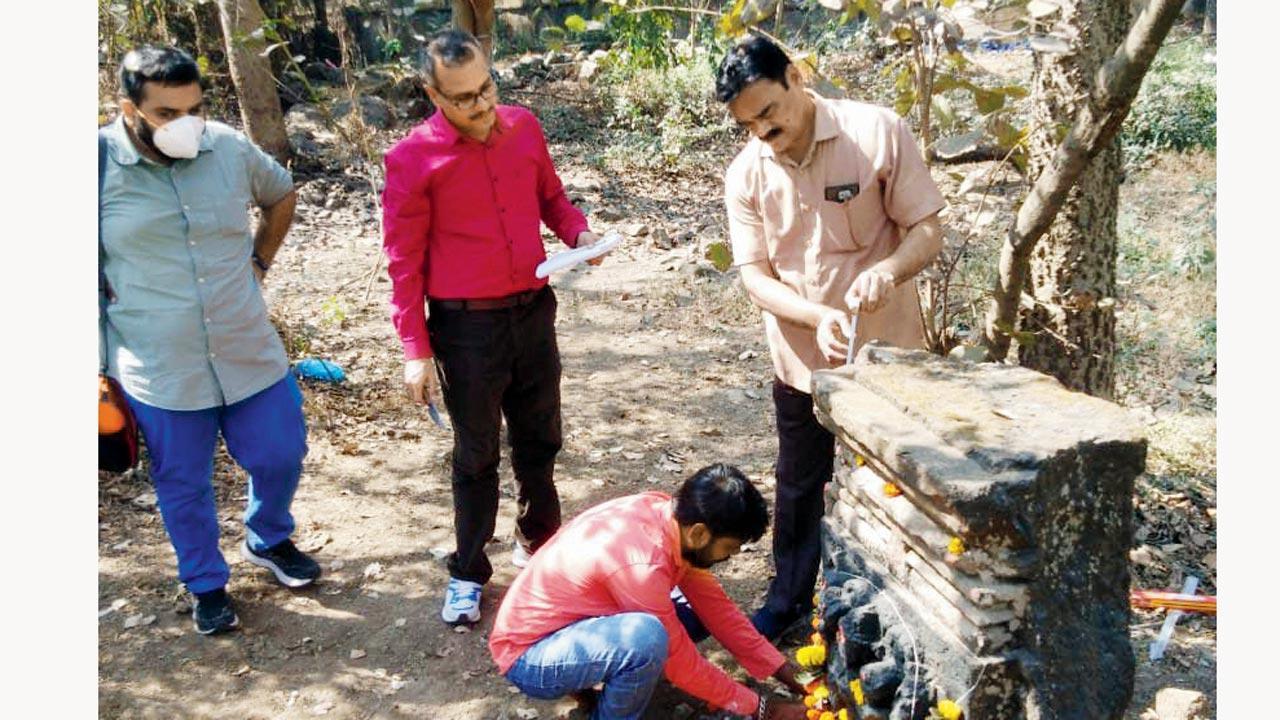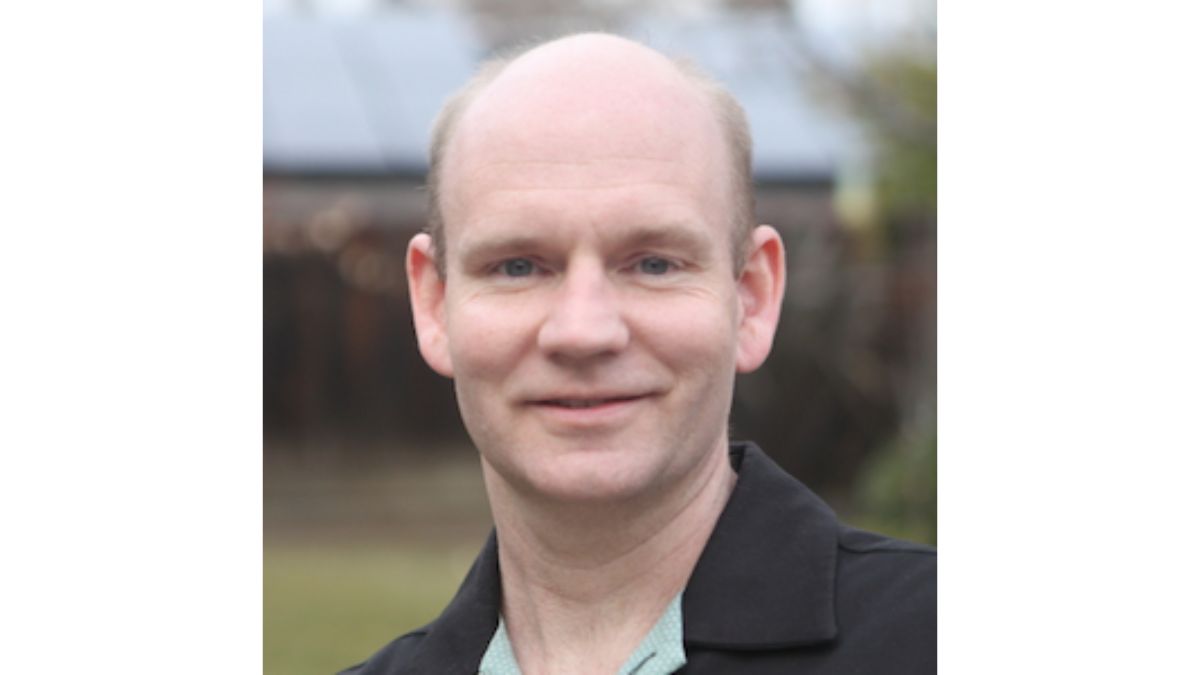ASI: Shiv lingam found inside Aarey could be from 11th or 12th century CE

Is there an archaeological site less than 1.5 km from the Metro-3 car depot site at Aarey Milk Colony? This question haunts social worker Juber Ansari who claims to have discovered an ancient Shiva lingam on the border of the colony and SEEPZ.
On Wednesday, Archaeological Survey of India (ASI) officials, including Dr Manish Rai, assistant superintending archaeologist, western region, visited Aarey Milk Colony to take stock of the situation.
The slab that may have been part of a pillar
Ansari told mid-day, “Many weeks ago, I discovered the remains of an ancient Shiva lingam near Unit 20 on the boundary of Aarey Milk Colony and SEEPZ. I also discovered a slab-like structure and as it was an important discovery, I informed the colony CEO’s office and Aarey police station. I even called up and also wrote a letter in this regard to the ASI.”
Also Read: Govt told SC it will chop 84 Aarey trees; now 177 on the block
The social worker added, “According to Dr Rai, the remains might be from the 11th or 12th century CE, the times of the Yadava dynasty.”
The slab is thought to be the remains of a pillar.
Ansari resides in the colony at Prajapur, near the Marol police camp in Goregaon East.
In his letter to the authorities, Ansari claimed that he had discovered many statues of deities in the area over the years.
He has also demanded that the authorities investigate the matter and determine the exact period or era the statues are from.
Who were the Yadavas?
The Yadavas or the Seunas, a medieval dynasty, existed from roughly the mid-ninth to the early 14th centuries. At its greatest extent, the territory ruled by the dynasty included present-day Maharashtra, North Karnataka and parts of Madhya Pradesh.

Atul Tiwari is a seasoned journalist at Mumbai Times, specializing in city news, culture, and human-interest stories. With a knack for uncovering compelling narratives, Atul brings Mumbai’s vibrant spirit to life through his writing.





